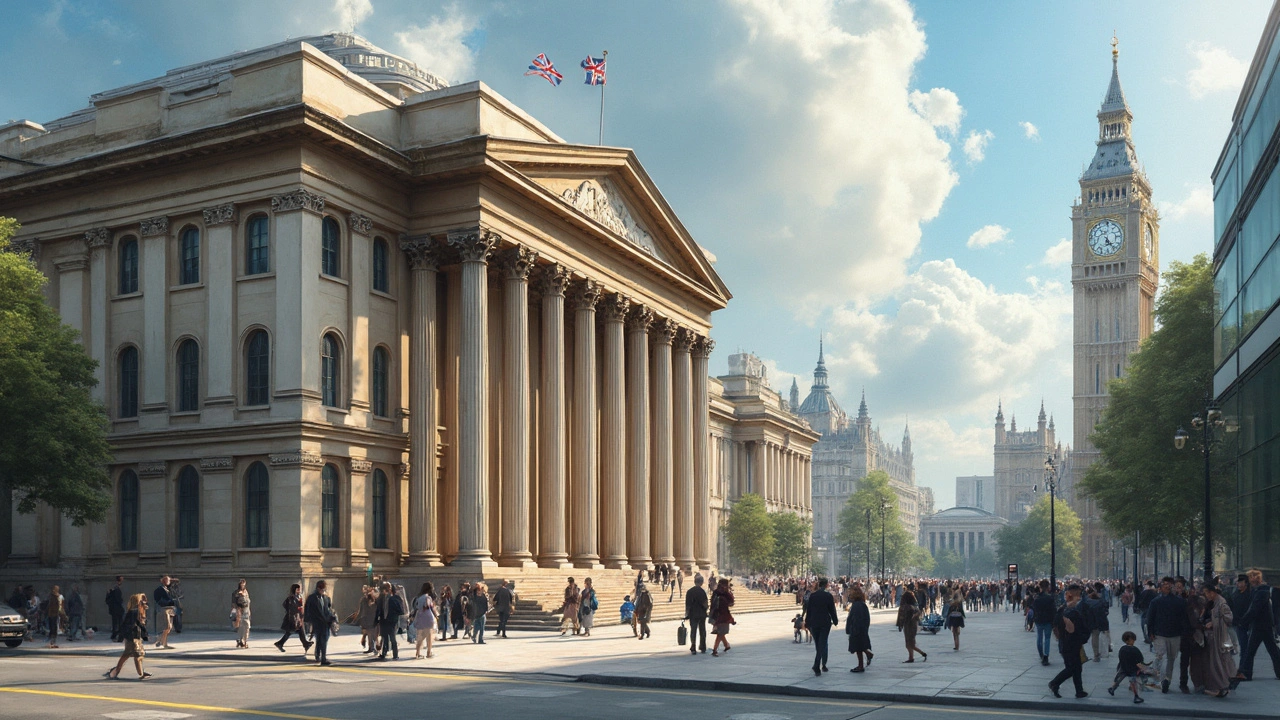Federal architecture pulls from a mix of styles, showing off not just power but also a sense of national identity. This article digs into how these buildings shape the way people experience cities, from courthouses and post offices to modern glass structures. You’ll get tips on recognizing key features and a look at hidden gems beyond Washington, D.C. We’ll also break down why these spaces feel so official and how they've changed over time. Expect plenty of practical insights if you want to spot federal design in your own city.
Public spaces: practical design tips and real-world examples
Public spaces shape how people meet, move, and feel in a city. They include parks, plazas, promenades, libraries, and transit hubs. Good public spaces are readable, safe, and flexible; they invite use at different times and by different people. Think of them as stages where daily life happens.
Start with clear goals. Ask who will use the space, when, and why. A playground needs different features than a farmers’ market or a quiet reading lawn. Pick durable materials that match local climate and maintenance budgets. Shade, seating, and simple signage go a long way.
Design details that matter
Think small moves: curbs that double as benches, raised planters that direct flow, and lighting that makes paths feel safe at night. Use plants to frame views and soften hard surfaces. Provide clear sightlines so people feel secure without removing character. Make paths direct but interesting, with edges, textures, or pattern changes to signal different uses.
Accessibility matters more than aesthetics alone. Level routes, tactile paving, ramps, and good contrast let more people enjoy the place. Test designs with a range of ages and mobility levels before finalizing them. Simple fixes often make the biggest difference.
Programming and maintenance
Design is only half the job. Regular upkeep keeps materials safe and attractive. Plan for events, markets, and informal performances to keep a space active. Think about who will manage the space: city staff, a local nonprofit, or a business improvement group. Clear roles and a realistic maintenance schedule prevent fast decline.
Measure what matters. Count visitors, log peak hours, and note how people use seating and pathways. Quick surveys or short observation sessions teach more than assumptions. Use data to tweak furniture layout, shade placement, or cleaning frequency.
Look for inspiration in nearby case studies. On this site, you'll find posts about Beaux-Arts boulevards that shape city centers, high-tech transit hubs that move crowds, and small plazas that change neighborhood life. Notice details you can adapt rather than copying whole designs.
Start small if budgets are tight. A pop-up park, extra benches, or a weekend market test ideas cheaply. If those work, scale up. Small wins build community trust and often unlock funds for bigger projects.
Good public spaces don't happen by accident. They need clear goals, attention to detail, and ongoing care. Try small changes, measure results, and involve neighbors—those steps lead to places people want to use again and again.
Quick checklist: define users and peak times, choose durable materials, add shade and seating, test accessibility, set maintenance roles, and track usage weekly for the first year. Use temporary events to test ideas. Keep designs flexible so the space can change with seasons and needs. If you can, document changes with photos and short notes—future teams will thank you.
Want examples? Check articles on historical plazas, modern transit hubs, and compact parks. Bookmark ideas you like and sketch how they'd fit your site. Small thoughtful moves add up fast. Start right now.

